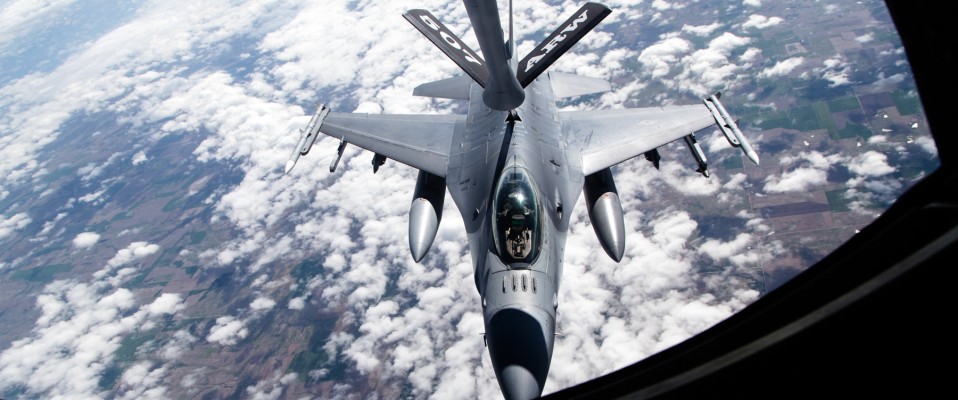507th Air Refueling Wing: The OKIES of Tinker
Report and photos by Mike Killian
May 4, 2019
U.S. global air superiority comes thanks, in large part, to aerial refuelers, such as KC-135 Stratotankers and their crews at the Air Force Reserve’s 507th Air Refueling Wing. Everything from fighters to bombers and reconnaissance aircraft, to the Blue Angels and Thunderbirds being able to get around America to perform in front of millions of people, all rely on the KC-135 and their crews.
Based in Oklahoma City and the heart of Tornado Alley, the ‘OKIES’ of Tinker Air Force Base are the largest Air Force Reserve Command flying unit in Oklahoma. They are responsible for organizing, fully training and equipping Combat-Ready Citizen Airmen to provide strategic deterrence and global capabilities, all while empowering, inspiring and developing them to shape the future.
They report to Fourth Air Force, performing daily missions both locally and around the world in support of Air Mobility Command and U.S. Strategic Command’s national emergency war order requirements and providing world-wide aerial refueling to U.S. and NATO aircraft in times of peace, war and national emergency.
They also train crew on the Reserve C-17 Globemaster III at a geographically separated unit, the 730th Air Mobility Training Squadron at Altus AFB, Oklahoma, where KC-46 Pegasus flight training will begin in the near future.
Simply put, U.S. airpower simply would not be what it is today without mid- air refueling, and I was honored to join the Okies recently on an aerial refueling training mission supporting the 138th Fighter Wing’s ‘VIPERS’ of the 125th Fighter Squadron from Tulsa Air National Guard Base, who fly F-16 C/D Fighting Falcons capable of breaking Mach 2 (over 1,300 mph) at 40,000 feet and serve in both air-to-air and air-to-ground attack roles.
The KC-135 flown by the 507th date back to the 1950’s and 60’s, but they are well maintained and have been modified heavily over the years to expand the capabilities, efficiency, safety and reliability of their fleet of 8 aircraft, which are flown by the 465th Air Refueling Squadron (465th ARS), one of Wing’s three flying organizations in the 507th Operations Group (507th OG).
And they plan to keep flying them until at least 2040 too, according to Col. Miles Heaslip, commander of the 507th ARW.
The wing consists of three subordinate groups and 11 squadrons, employing more than 1,200 men and women who are Reserve Citizen Airmen who also live and work locally in various civilian professions. Approximately 200 members of the 507th are traditional civilian employees or dual status Air Reserve Technicians who serve as a support cadre.
They are one of the more diverse Air Force Reserve units in existence, flying 3-4 missions daily and off-loading millions of pounds of fuel in support of operations worldwide, flying more than 3,000 hours annually in support of national defense requirements. Additionally, the wing serves as the support backbone for the 513th Air Control Group (ACC), the Air Force Reserve’s only associate E-3 Sentry Airborne and Warning Control System (AWACS). Expeditionary medical support rounds out the wing to make it one of the Reserve Command’s most valuable assets.
The 507th was activated at Tinker AFB in 1972 as the 507th Fighter Group, flying the F-105D “Thunderchief.” In 1980, they transitioned to the F-4D “Phantom” and then to the F-16A “Falcon” in 1990, before converting to its current KC-135R “Stratotanker” aerial refueling mission in 1994 and becoming a driving force in the creation and activation of the 513th ACG.
In addition to the 465th ARS, the 507th OG also oversees two other flying organizations; the 507th Operations Support Squadron (507th OSS) who supports functions such as intelligence, aircrew flight equipment, combat crew communications, operations plans, war plans and flight records maintenance, and the 730th Air Mobility Training Squadron (730th AMTS) who trains aircrew at Altus AFB on the C-17, KC-135 and in the future, KC-46.
To keep them flying, the 507th Maintenance Group consists of two squadrons; the 507th Maintenance Squadron responsible for inspections, fabrication repairs, propulsion, air refueling boom maintenance, aircraft fuel systems, and aerospace ground equipment, and the 507th Aircraft Maintenance Squadron responsible for directing all organizational level maintenance and generation of aircraft.
Five squadrons make up the wing’s Mission Support Group, responsible for everything from security of the base, to small arms training, to equipping engineering teams for worldwide combat support, rapid runway repair, structural bomb damage repair, firefighting and crash rescue, to transportation, supply, contracting, fuels, maintenance training and plans, as well as lodging, fitness, food, recreation and mortuary affairs to the entire 507th ARW.
The 507th ARW even has its own medical squadron, the 507th MDS, who not only takes care of everyone physically, but also trains personnel in initial first-aid care, CPR training, gas mask fit testing, and heightening awareness of suicide and its prevention. If mobilized, staff members are trained to support a fixed or mobile field hospital site.
After our briefing with Col. Heaslip it was time to head to the planes and meet the crews, call signs Okie 41 and Okie 42. The skies were crystal clear & quite calm over Oklahoma; a virtually perfect day to fly, which was odd being that this time of year is severe weather season for the midwest.
Both crews taxied out in trail, taking off 1 right after the other at 0930 and cruising to 21,500 feet to rendezvous with four Vipers over Salina, Kansas.
They came in 2 flights of 2, called “grey” flight and “tribe” flight. Under a very carefully choreographed dance at 250 knots, and just 25 feet away, the first jet came pre-contact while the second jet went echelon left as our boom operator served up the first fighter with 4,500 gallons of fuel, followed by jet 2 taking on 3,500 gallons.
The boom operator lays down in front of a window to fuel the jets. On each side is a steel “bed”, where instructors and students can observe and train. For this day though it became my office too, shooting photos and video while laying down on my stomach. It’s not exactly comfortable – it’s cramped and cold, but the office views are amazing.
Our tanker crew and the fighters made it look easy, but linking up at 300mph is not something to take lightly; even minor mistakes can cost lives in a split second. And they have to do it day or night too.
Once both fighters were topped off, and knowing I was onboard, they each joined formation directly behind us and gave us a couple minutes of photo ops, before throwing us some Shaka hand-signs as thanks and each rolling over and descending rapidly out of view.
After a short while, the other 2 fighters showed up, each taking on 3,000 pounds and 1,500 pounds of fuel respectively, before giving their thanks and continuing on with their sortie.
With the mission accomplished it was back to Tinker AFB for a 1300 landing, which is named in honor of Major General Clarence L. Tinker of Pawhuska, Okla. General Tinker lost his life while leading a flight of LB-30 “Liberators” on a long-range strike against Japanese forces on Wake Island during the early months of World War II.
And as my flight day came to an end, the 507th’s was just getting started. As I drove away, 2 more tankers were already on their take-off roll for the next mission.
Tinker AFB will also be hosting the 2019 Star Spangled Salute Air & Space Show on June 1-2, 2019, giving you the perfect opportunity to visit the 507th ARW up close and personal and meet some of the men and women who help make their mission a success every day. The Navy’s World Famous Blue Angels will headline the show.
– My sincere thanks to Tinker AFB and all the men and women serving with the 507th ARW, their Public Affairs / Media staff, as well as the 138th Fighter Wing and 125th Fighter Squadron from Tulsa for giving me some great opportunities to produce some original images of them in action.








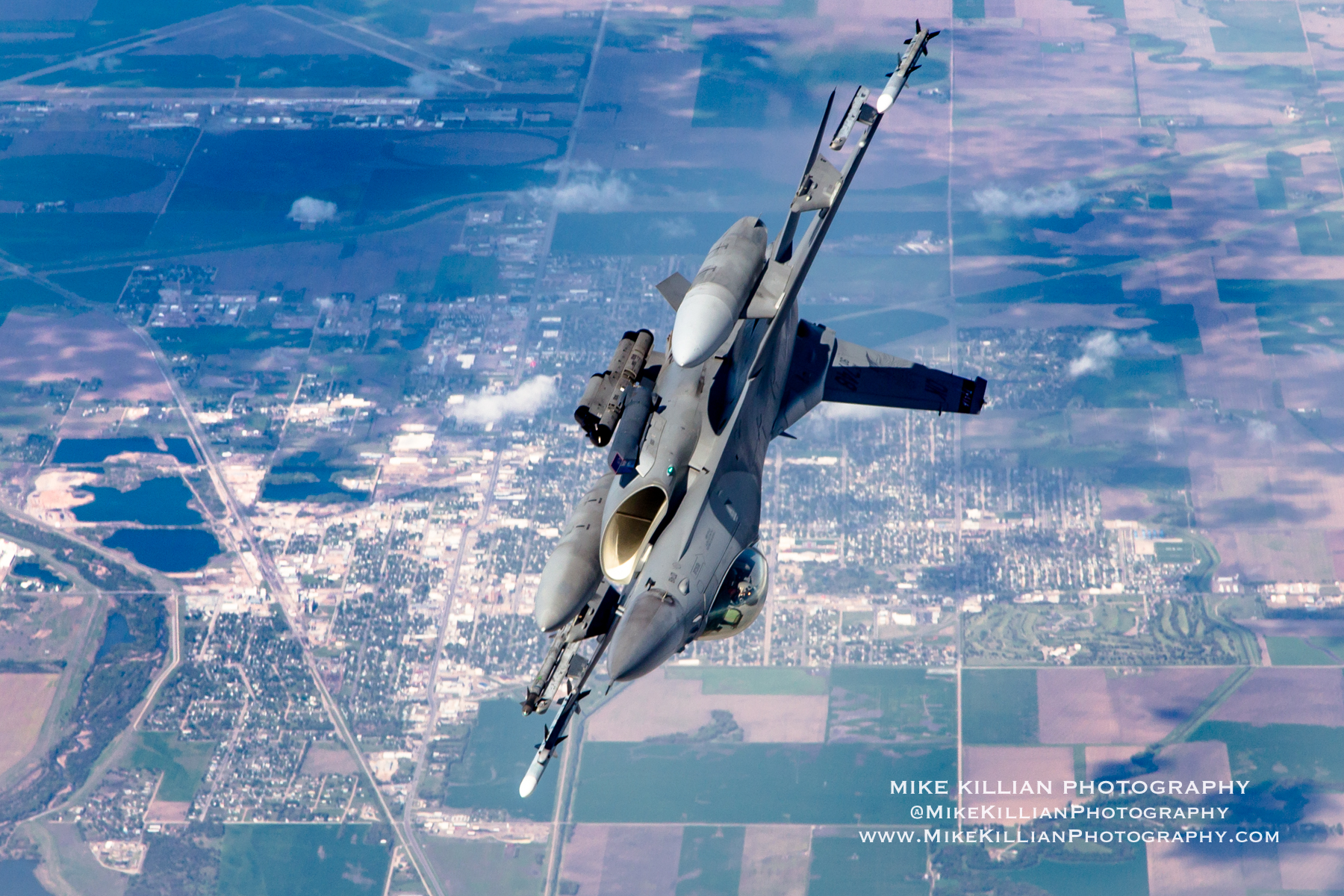
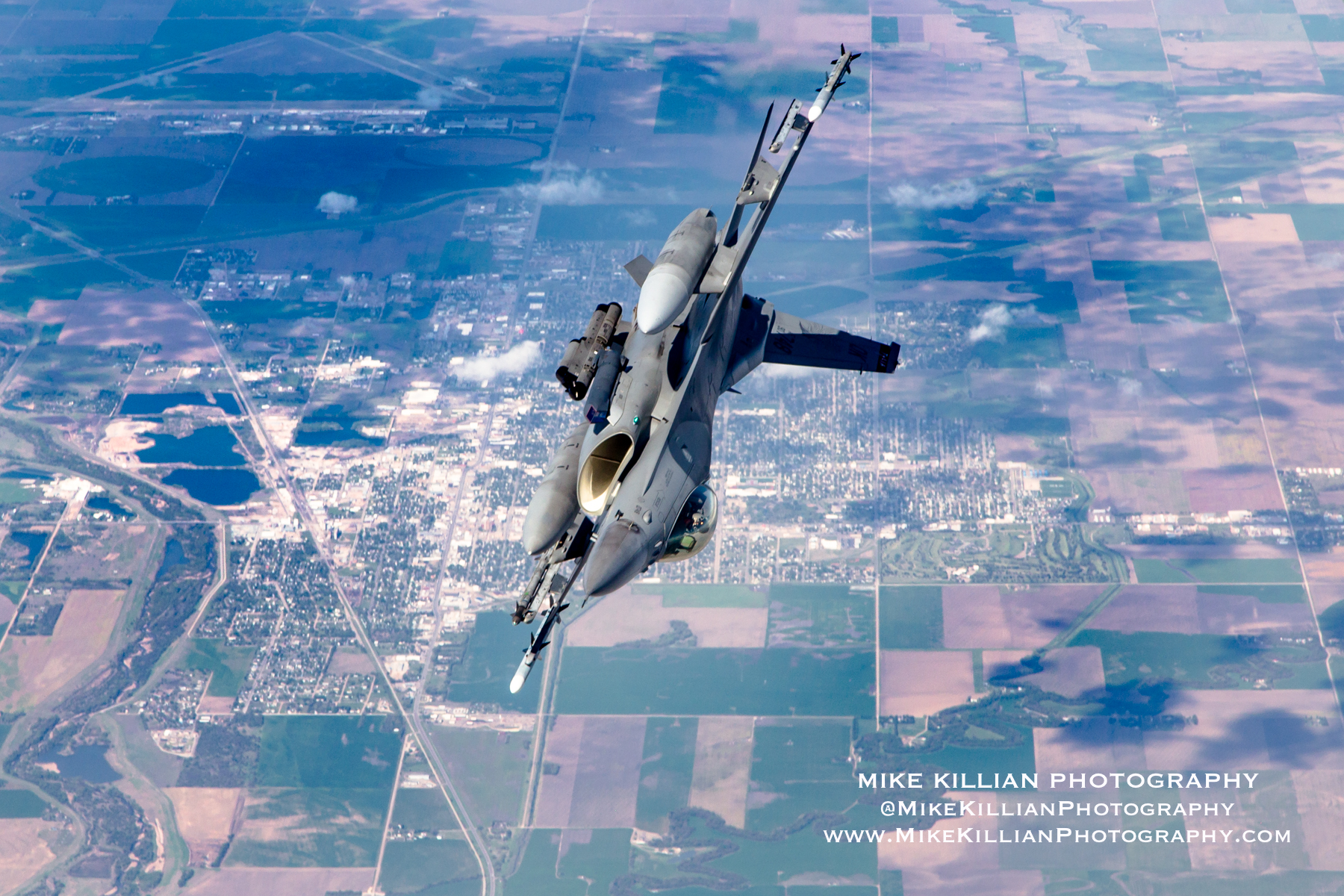












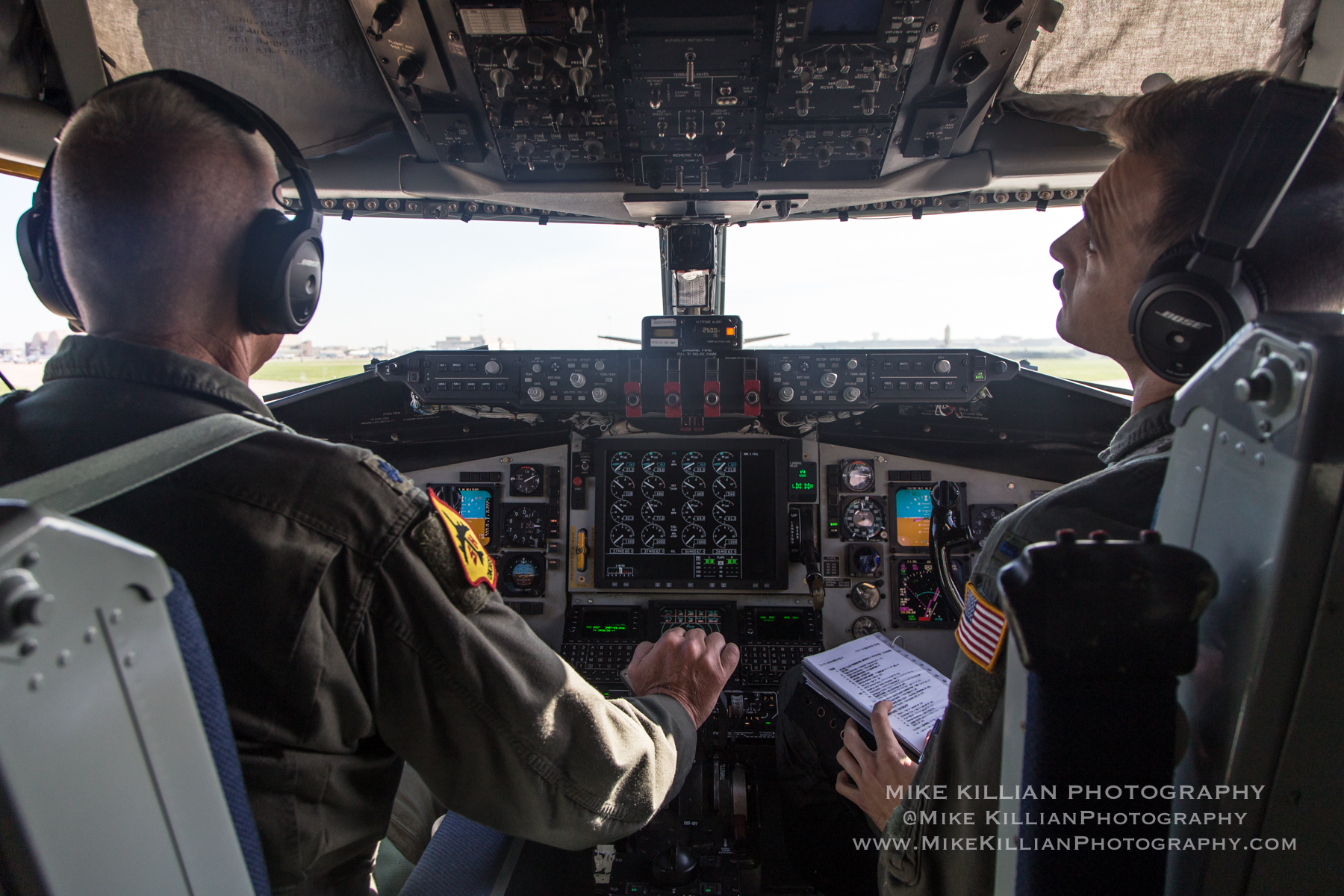

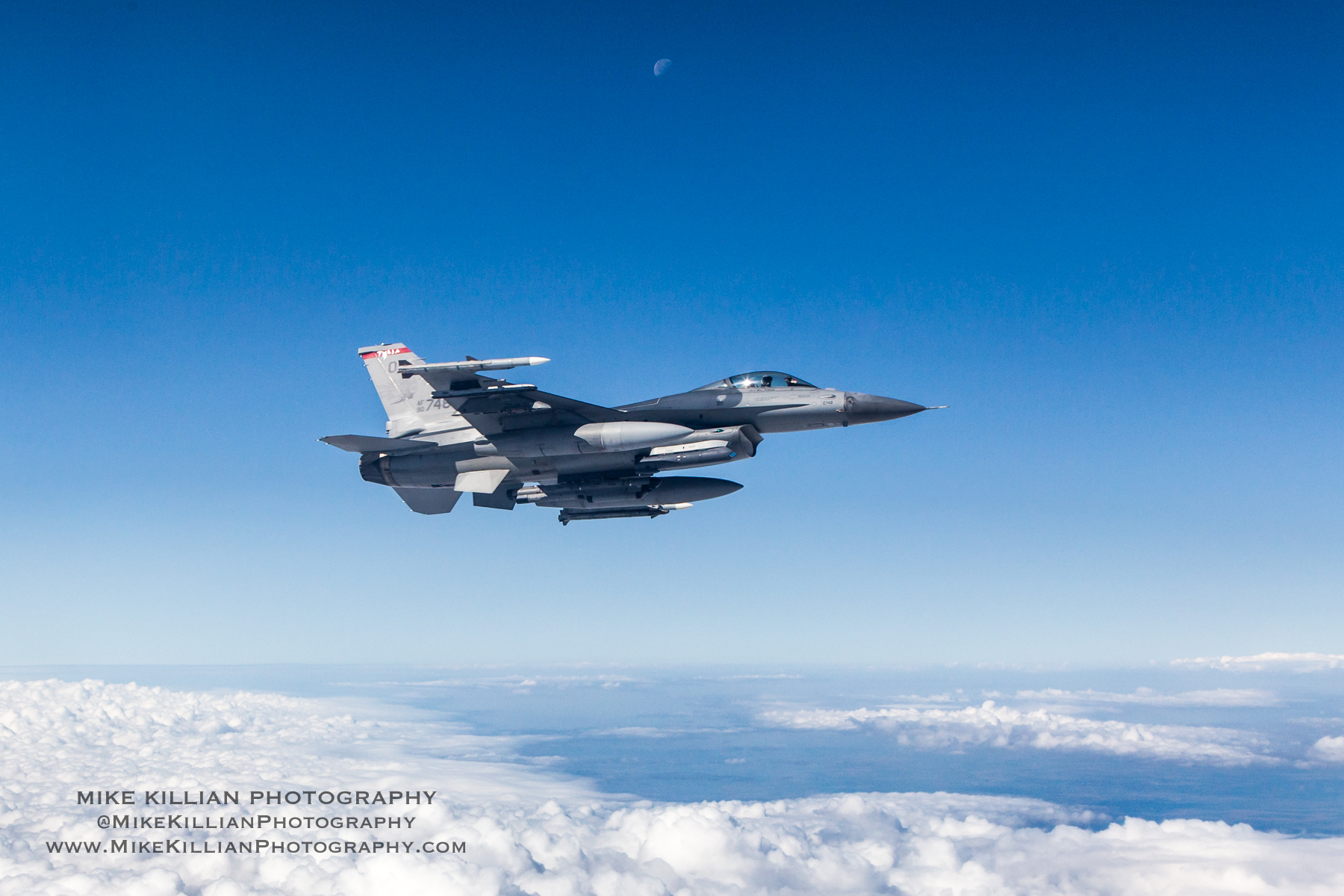
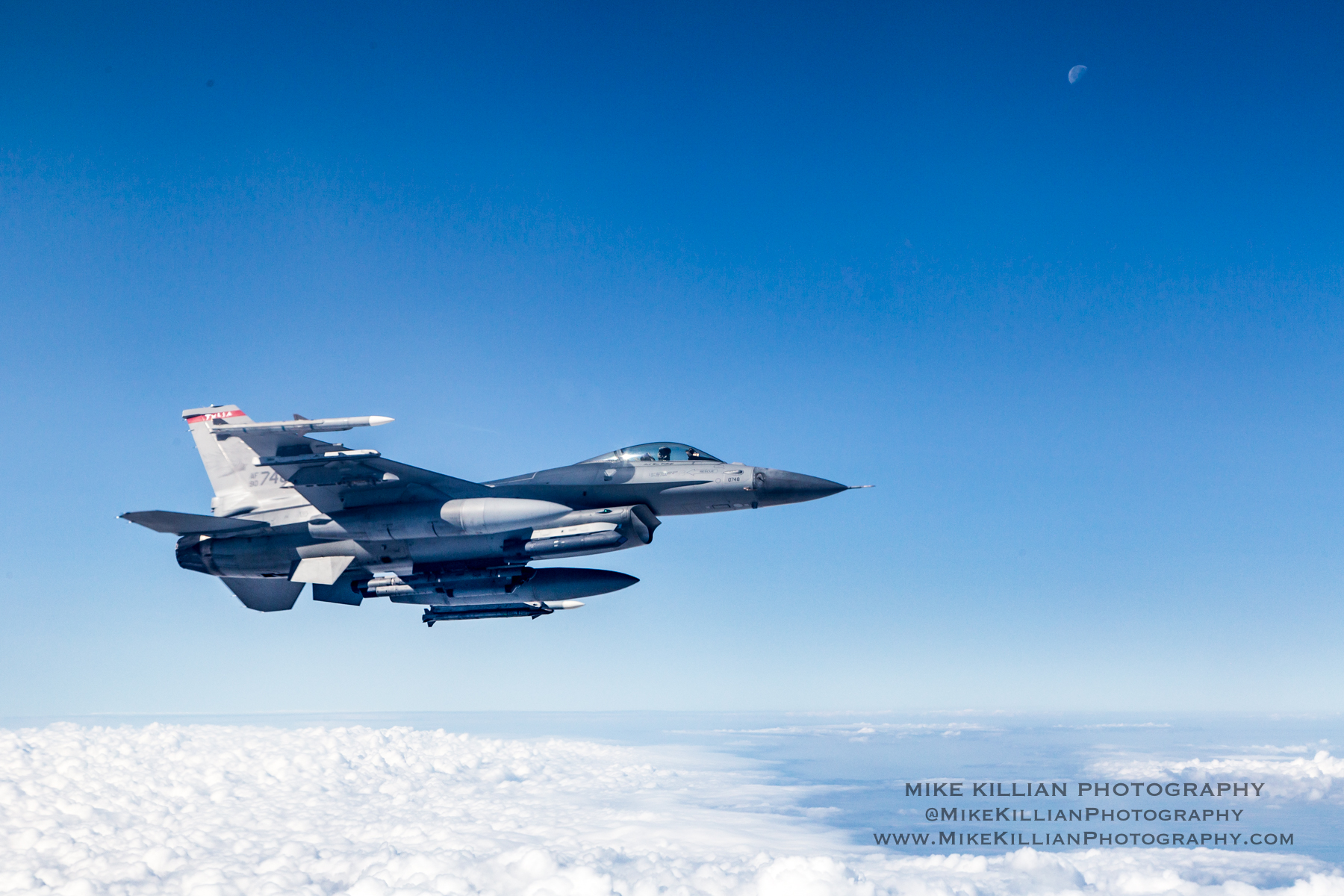
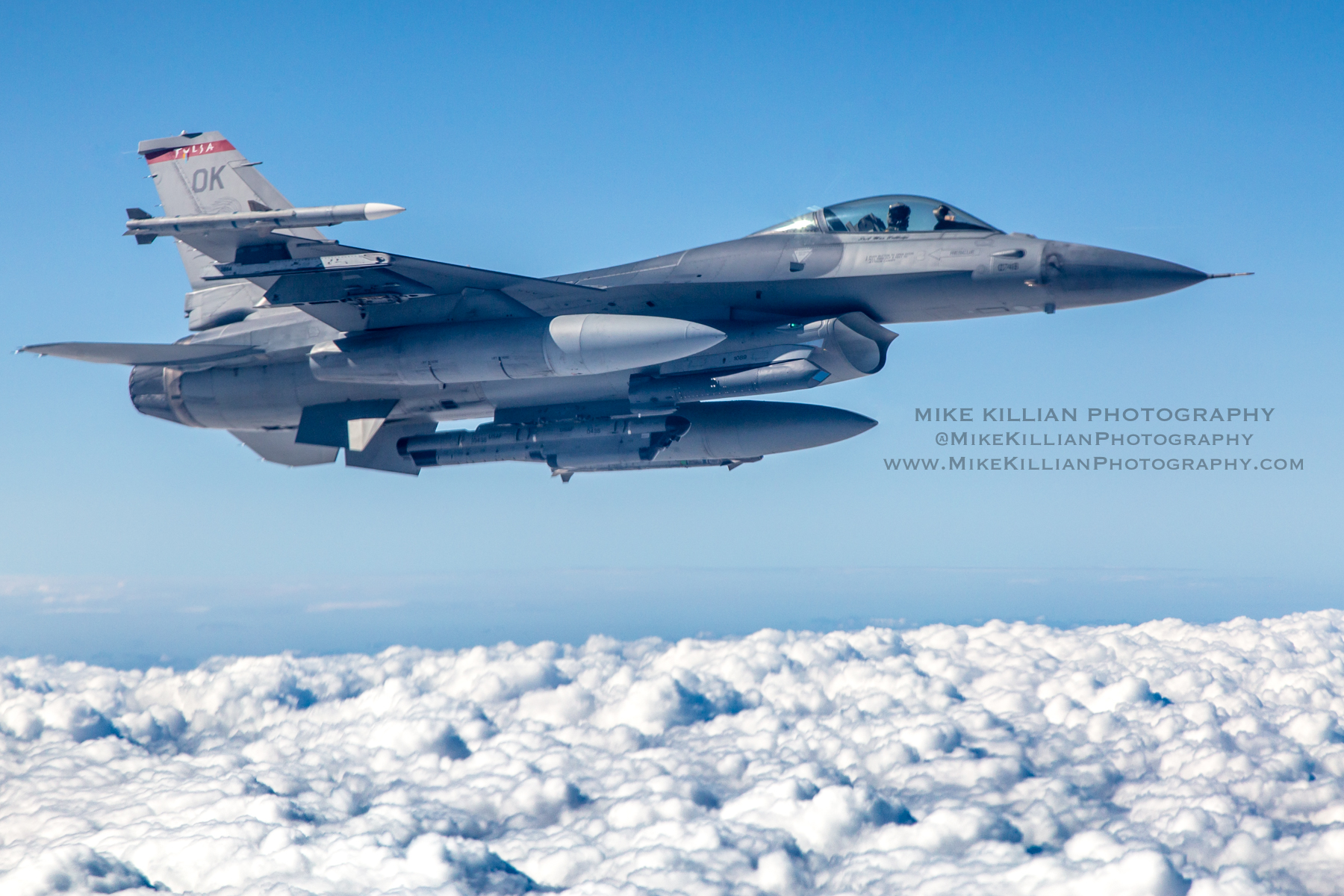
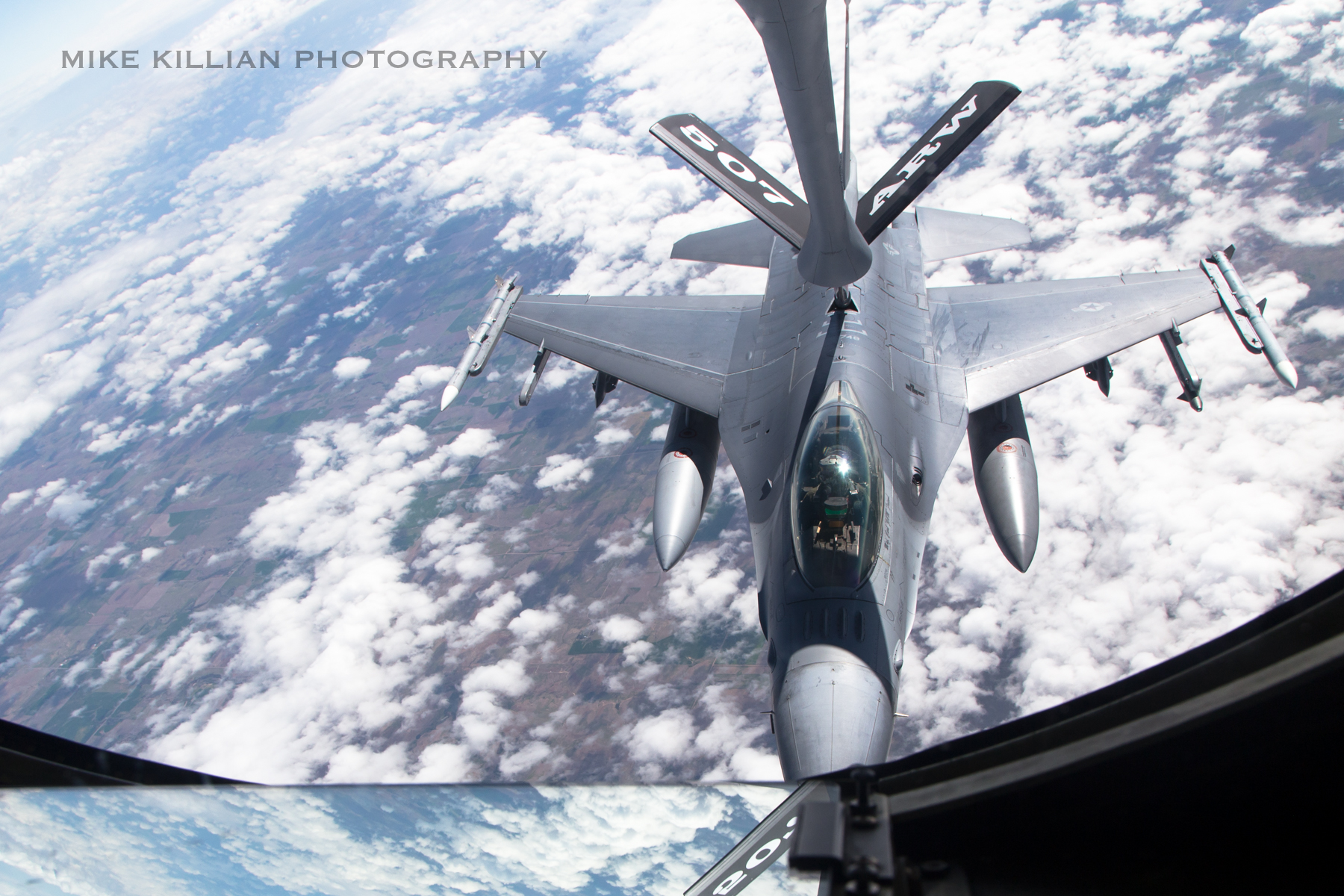

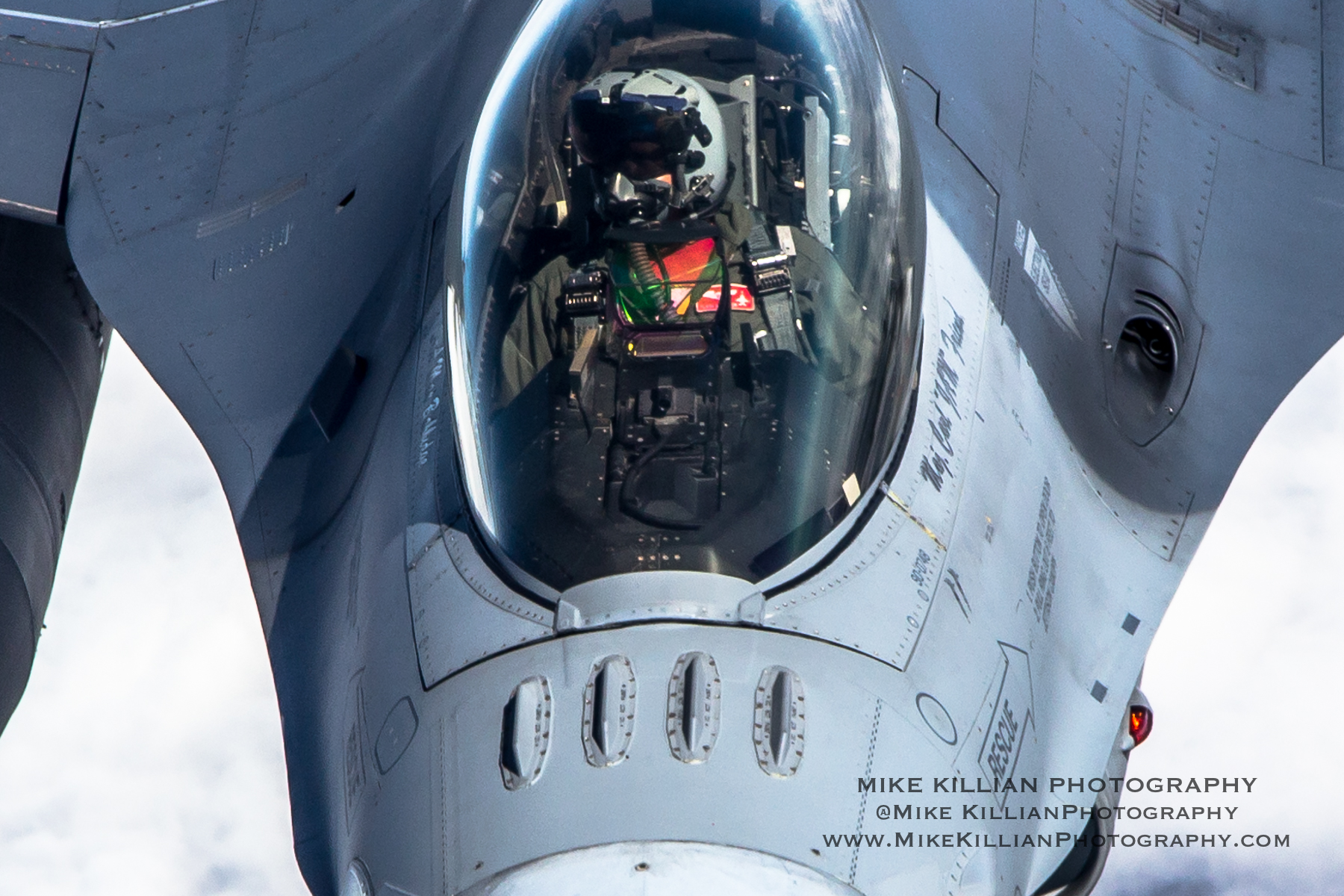
Mike Killian is a spaceflight & aerospace / aviation photojournalist who currently calls Florida’s “Space Coast” home, where America’s launch pads are his office as Managing Editor for the online daily space-news magazine AmericaSpace. Over the years his assignments have brought him onboard NASA’s space shuttles, front row for launches of spacecraft to other worlds, in clean rooms with Mars rovers, in the skies producing air-to-air photography and videography with civilian and military aircraft, pulling G’s with air show performers like World Champion Aerobatics pilot Rob Holland, the GEICO Skytypers and U.S. Navy Blue Angels, and on space-launch range clearing Pave Hawk missions with the Air Force (to date the only photojournalist to do so).
In the time since, Killian’s work has been featured on ABC World News Tonight, National Geographic, NBC News, CNN, BBC, Weather Channel, and has been used by organizations such as the Air Force, NASA, Airbus, SpaceX, Boeing, National Park Service, Go Pro, hotel chains and various magazines and websites.
Mike also volunteers as a team photographer / videographer with Thom Richard and his Florida-based Precious Metal / Hot Stuff air racing teams, and keeps busy elsewhere producing articles and imagery for several publications and various marketing and advertising campaigns for several companies.
Mike can be reached at: [email protected]

